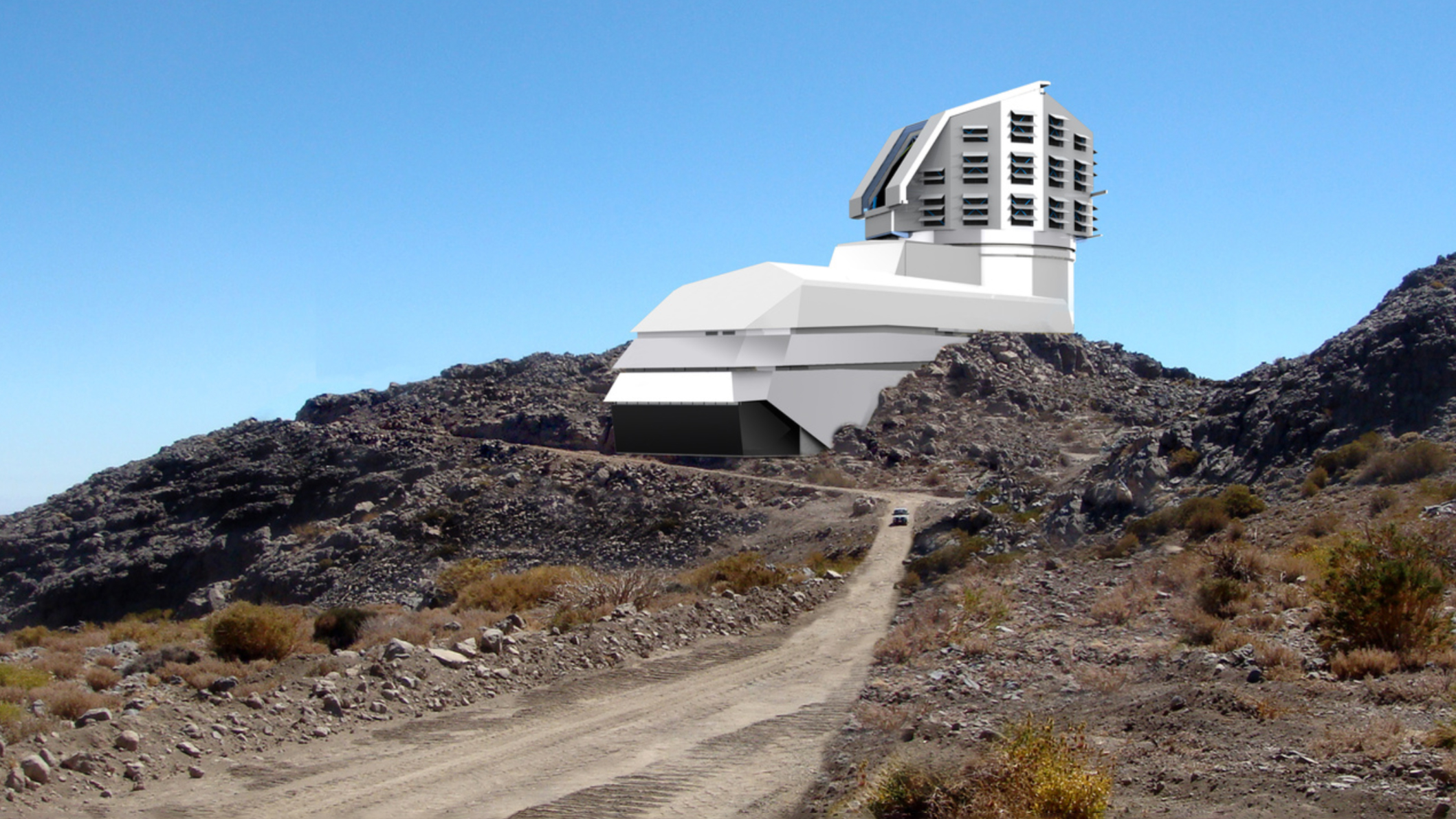The world's first 3.2 gigapixel camera is one step closer to completion
The camera at the heart of the Vera C. Rubin Telescope is the world's biggest with 189 sensors and 3,200 megapixels

The world’s largest camera with a 3,200-megapixel sensor is one step closer to being sent to its new home at the Vera C. Rubin Observatory in Chile. For the last seven years, scientists and engineers have worked to develop and build a camera that will form the heart of the Legacy Survey of Space and Time telescope and hopefully help us to better understand dark matter and dark energy which make up about 95% of the universe.
Named after the American astronomer Vera Rubin, the camera of the LSST telescope has now been fitted with 189 science sensors which are placed into specially built, highly precise rafts costing up to $3 million dollars. Each raft is made up of 9 sensors, capable of outputting a 16MP image and four corner rafts enable the telescope to focus and move with the earth's rotation. It took six, long months just to install the sensors which have no more than the width of 5 human hairs between them. One small error during the construction would’ve meant a big setback and a massive waste of money so precision was key.
• These are the best telescopes for taking photos of the night sky
With the camera’s mechanisms now fully assembled and the lens ready to do, the next stage in the process is to finish the setup of this Gigapixel camera. Once it's ready, it will be shipped to an altitude of 8,700ft at Carron Pachón where observation conditions are optimal.
“We’re at the stage where we’ve got all the camera’s mechanisms fully assembled,” says Hannah Pollek, a staff engineer at SLAC.
When set up, the telescope will be able to capture a 3.5-degree section of the sky and will take two back-to-back exposures, both roughly 15 seconds long. During its service, it will catalog over 90% of near-Earth objects that are more than 300m wide plus a further 10,000 primitive objects in the Kuiper Belt - a donut-shaped ring of icy objects that acts as a fossil record for the solar system. Data recorded will be sent directly to the National Virtual Observatory ready for astronomers and the public who want to see images from deep space
Within the next year, it is hoped the camera will be transported to its new home in Chile but there are some fine tweaks and final tests to be done.
The best camera deals, reviews, product advice, and unmissable photography news, direct to your inbox!
2001
The initial proposal for the LSST telescope was submitted and six years later in 2007, construction of the mirror began thanks to private funds.
2006
The site at El Peñón of Cerro Pachón mountain was selected to be the location of the telescope due to the number of clear nights it has per year, seasonal weather patterns and the quality of images as seen through the local atmosphere. The telescope will sit at 2,682m and 100km away in the town of La Serena is the LSST Base Facility.
2010
Alongside the Nancy Grace Roman Space Telescope, LSST becomes one of the top-ranked, ground-based projects for studying dark energy and dark matter.
2014
On 1 August, the National Science Foundation authorized $27.5 million of funding for the construction of the telescope.
2015
Construction of the telescope began at Cerro Pachón with a ceremonial laying of the first stone.
2017
Around 72% of the camera was complete and the project was on track to stay within budget and on schedule.
2018
With construction underway and the shell of the summit building complete it was time to start installing the inner workings such as a HVAC system. the dome, mirror coating chamber and the telescope mount. Back at the SLAC National Accelerator Laboratory, the cryostat (a device used for monitoring and maintaining temperature) has been completed, the lenses ground and 12 of the 21 CCB Sensor rafts had been delivered ready to be fitted.
2020
Work at both the SLAC site and Cerro Pachón were suspended due to the Covid-19 pandemic, work on software still continued and the commissioning camera arrived at the base facility in La Serena.
2021
The final six filters needed for the camera were finished and delivered and by November, the camera had been cooled to its final operating temperature so rigorous testing began.
2022
Now the camera is fully assembled with the lens, sensors, cryostat and utility trunk it is ready to be shipped to its final destination following successful lab tests. There are still specialized filters to install but using the camera's special filter carousel it takes just minutes.
2024
It is hoped that by 2024, the 2.2 gigapixel camera will be assembled and working at the site in Cerro Pachón and ready to photograph deep space.
You might also like the best budget telescopes and the best deep-space telescopes.

Having studied Journalism and Public Relations at the University of the West of England Hannah developed a love for photography through a module on photojournalism. She specializes in Portrait, Fashion and lifestyle photography but has more recently branched out in the world of stylized product photography. Hannah spent three years working at Wex Photo Video as a Senior Sales Assistant, using her experience and knowledge of cameras to help people buy the equipment that is right for them. With eight years experience working with studio lighting, Hannah has run many successful workshops teaching people how to use different lighting setups.






